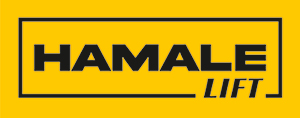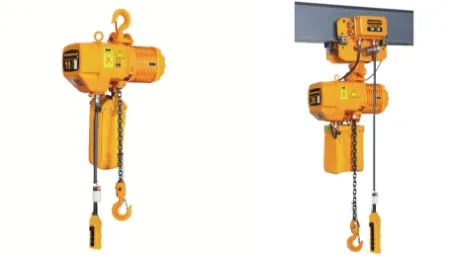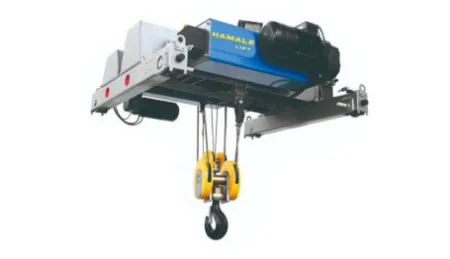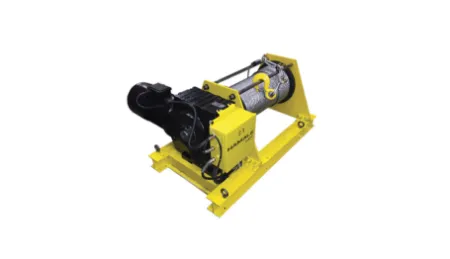Electric Hoist Crane Puller
What are Crane Systems?
Crane is the general name of equipment designed to push or pull the position of the target load up or down, on a horizontal axis or on a constant slope, in short, to change its location.
Crane systems are primarily divided into two main classes: Electric Driven (Electric) and Hand Driven (Mechanical).
Our Electric Crane Systems provide the power required for the movement of your target load from the energy it receives from the mains electricity.
Our Hand Driven Crane Systems provide the power required for your target load to move, with the energy it receives from hand force.
What are Electric Crane Systems?
Under the roof of this system, our range is divided into three main groups. In addition, each class has two service classes as agar service and light duty.
Chain Hoists:
It provides the connection between the load and the crane with a special alloy chain with a high safety coefficient. The chain rotates over a wheel and accumulates the excess in its bag. The gearbox and gear parts of these machines are produced with high safety standards. They are preferred because they are very useful, quiet and long lasting.
Rope Winches:
It provides the connection between the load and the crane with a steel rope. The rope is wound by rotating on a drum. The gearbox and gear parts of these machines are produced with high safety standards. They have very common areas of use. They work noisier than chain machines. They are relatively preferred for loads of 3 tons and above .
Windlass Winches:
It provides the connection between the load and the crane with a steel rope. It is designed to push or pull the position of the target load on the horizontal axis or on a constant slope, in short, it is designed to change its location. It is not correct to use the ground cranes for direct load lifting.
Class determination:
It is the parameter that we need to do first. Agar service should be chosen for very busy time works at full capacity load.
Light duty is rarely chosen for off-peak time jobs at full load. Our products in this class usually offer an economical solution for low-budget jobs.
How to Choose Capacity:
Secondly, we need to calculate what kind of force we will need. The most common mistake is to think of the total weight of the load as the force required to move the load. However, there are many parameters that affect this. For example, to move X unit mass, the slope is different, in a wheeled car it is different. We need forces. After making the most accurate calculation, we add a minimum of 25% additional safety coefficient to the result we find. In this way, we prevent risk formation over time at optimum levels.
Security
Our products are suitable for some additional systems that can be added to the fixed equipment with an additional safety device depending on the place and conditions of use. It is offered with an emergency stop button in standard safety equipment (emergency stop) and an electric motor brake.
Optional add-on products; Awareness siren and strobe light, motion interrupter switch system, soft start soft stop, fast slow speed adjustment, load interrupter circuit in case of overload, remote control control, protective cabin.








